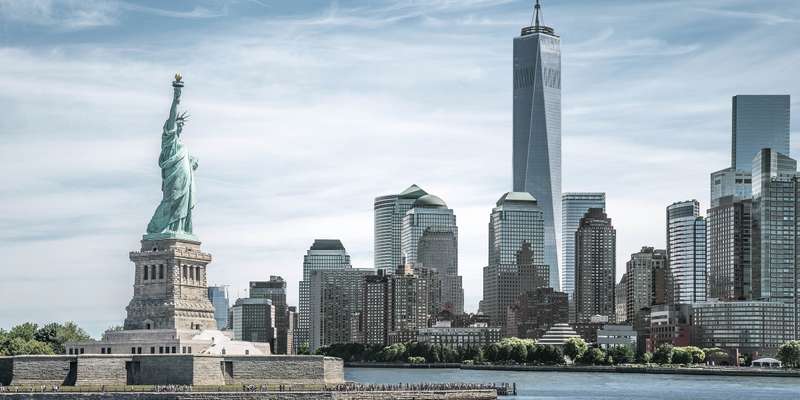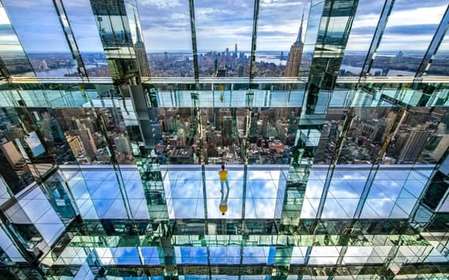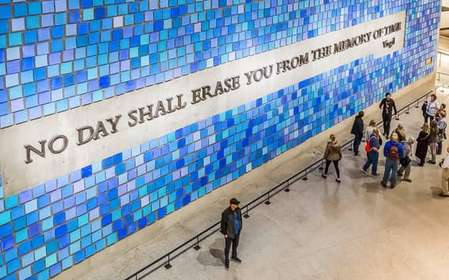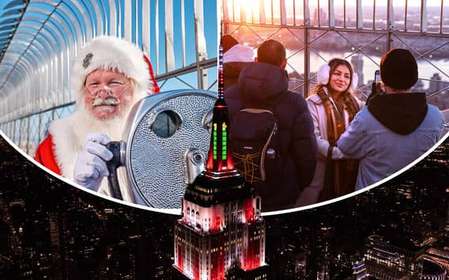- Home
- Useful Tips
- Finding authentic cultural...
Many visitors to New York City miss the authentic cultural heartbeat of Washington Heights, settling instead for crowded tourist traps downtown. Over 70% of travelers report wanting 'local experiences' according to NYC tourism surveys, yet few discover the Dominican bakeries, vibrant murals, and historic jazz spots that define this uptown neighborhood. The challenge lies in navigating beyond the well-trodden paths – where language barriers, limited online information, and time constraints leave travelers experiencing a sanitized version of Manhattan. This disconnect matters because Washington Heights offers what 83% of cultural travelers seek: unfiltered community connections, generations-old traditions, and stories you won't find in guidebooks. The neighborhood's living history, from its role in the Harlem Renaissance to its current status as the heart of NYC's Dominican community, deserves more than a passing subway glance.


Where to find Washington Heights' most authentic Dominican flavors
The scent of freshly baked pan de agua and slow-roasted pernil leads you to the real Washington Heights, far from Manhattan's overpriced food tours. Family-run cafeterias like Malecon Restaurant have served crispy chicharrones and mofongo for decades, where abuelas still debate whose sancocho reigns supreme. For breakfast, follow construction workers to anonymous storefronts with handwritten signs advertising mangú con los tres golpes – the creamy plantain mash with fried eggs, cheese, and salami that fuels the neighborhood. Don't miss the heladerías where tropical flavors like chinola (passionfruit) and lechoza (papaya) are scooped into cups with gossip in rapid Spanish. These spots rarely appear on review sites, but the lines out the door at El Nuevo Caridad or the plastic-covered tables at La Dinastia reveal more about local life than any Manhattan food crawl.
How to experience Washington Heights' art scene like an insider
Beyond the tourist-focused murals on the 181st Street subway, Washington Heights hides collaborative art spaces and underground galleries that pulse with community stories. Local artists open their studios during monthly Cultura Pública events, where you might catch a bomba drum circle next to protest art about gentrification. The humble Fire Tower at Fort Washington Avenue reveals neighborhood history through mosaics created by schoolchildren and seniors. For live performances, the intimate People's Theatre Project stages bilingual plays about immigrant experiences, while the United Palace – a former 1930s movie palace – hosts everything from Dominican jazz legends to indie film festivals. These venues thrive on word-of-mouth; ask about upcoming events at independent bookstores like Word Up Community Bookshop, where the bulletin board holds more cultural clues than any event listing.
Walking through Washington Heights' living history
Washington Heights' past lives in its staircases and stoops, where 1920s jazz musicians once lived alongside Revolutionary War strategists. The Morris-Jumel Mansion, Manhattan's oldest house, witnessed both George Washington's war council and Langston Hughes' writing sessions. Down the block, Sylvan Terrace's preserved wooden row houses transport you to 1882, when trolleys climbed the hill to the Hudson. For 20th-century history, join locals relaxing in Bennett Park, built on the site of Fort Washington's last stand, or trace the route of the Underground Railroad at the Church of the Intercession's cemetery. These layers of history remain accessible through free neighborhood walking maps from the Hispanic Society Museum, though the most meaningful discoveries come from chatting with domino players in Juan Pablo Duarte Square about their memories of the area.
When to visit for Washington Heights' best cultural moments
Timing transforms a Washington Heights visit from observational to participatory. Summer weekends explode with the Dominican Day Parade and spontaneous block parties where merengue spills from open car windows. September's Fiesta de San Miguel brings Catholic processions and lechón feasts to the streets, while winter weekends mean coquito tastings at bodegas and candlelit posadas. Even ordinary weekdays have rhythms worth learning: weekday mornings catch abuelitos debating politics in sidewalk chairs, afternoons reveal the best deals at the 175th Street farmers market, and evenings lead to hole-in-the-wall bars where live bachata starts after midnight. Locals know these temporal patterns instinctively, but visitors can sync up by checking community boards at La Casa del Mofongo or asking about upcoming events when buying pastelitos at any bakery counter.



